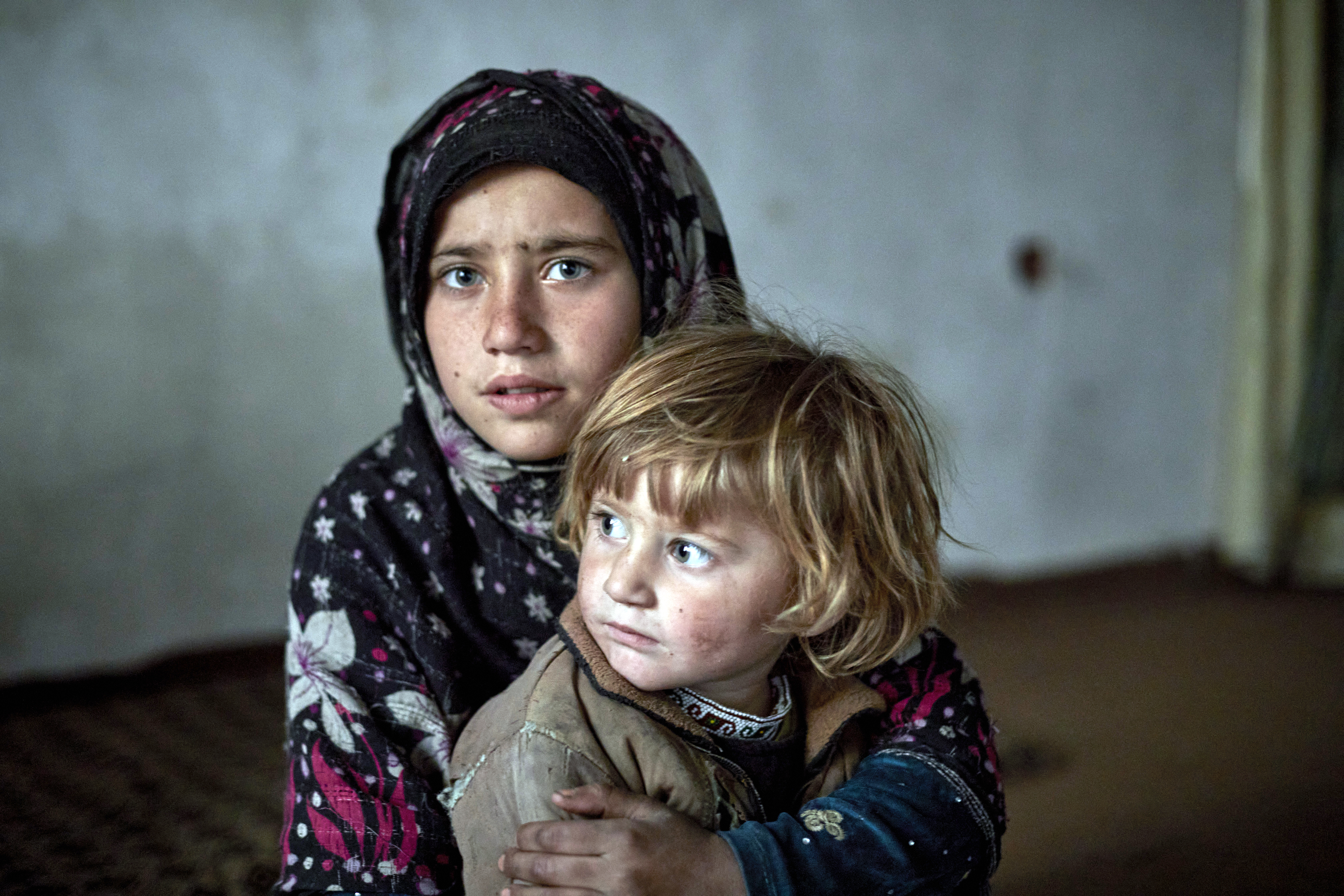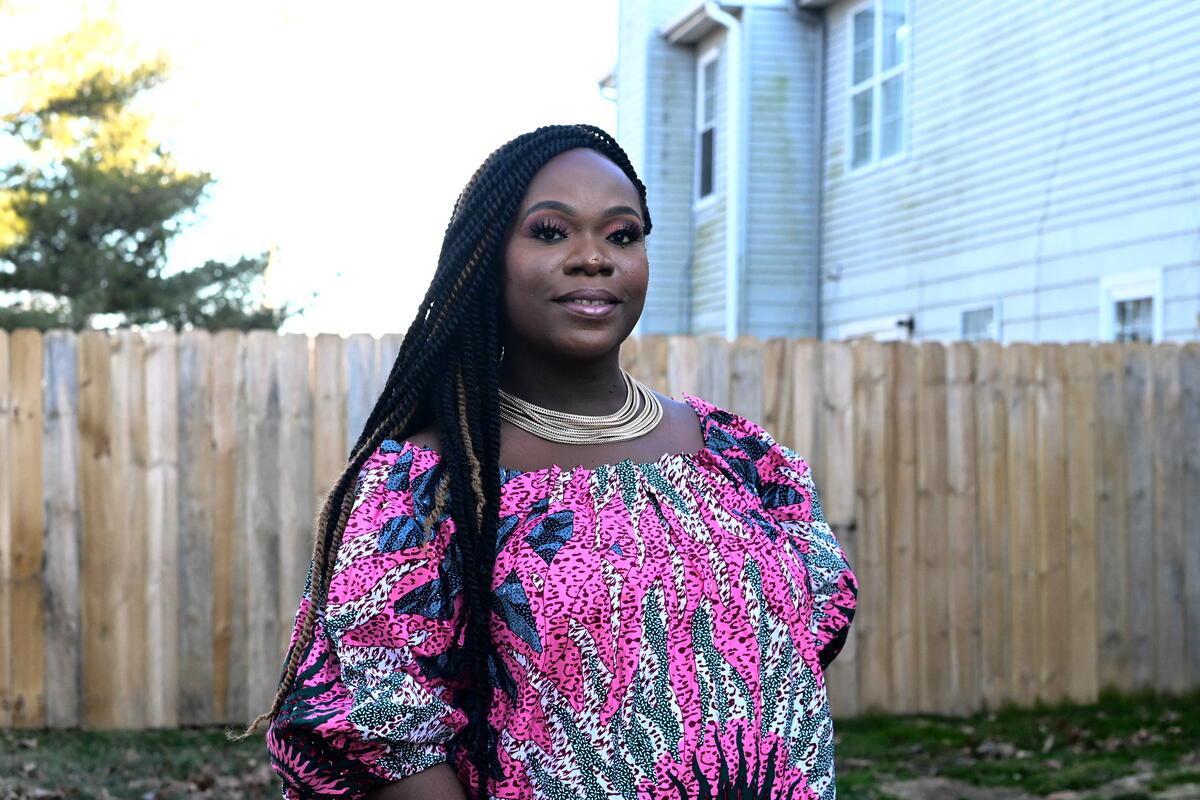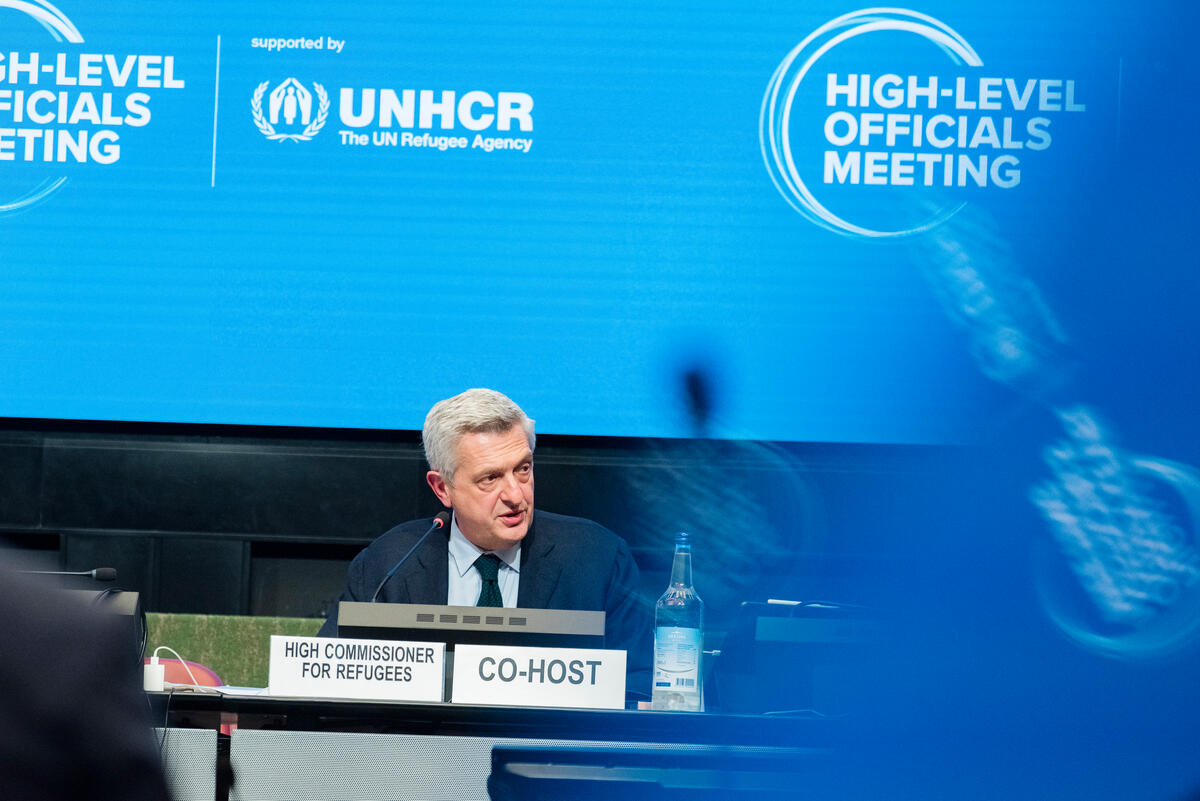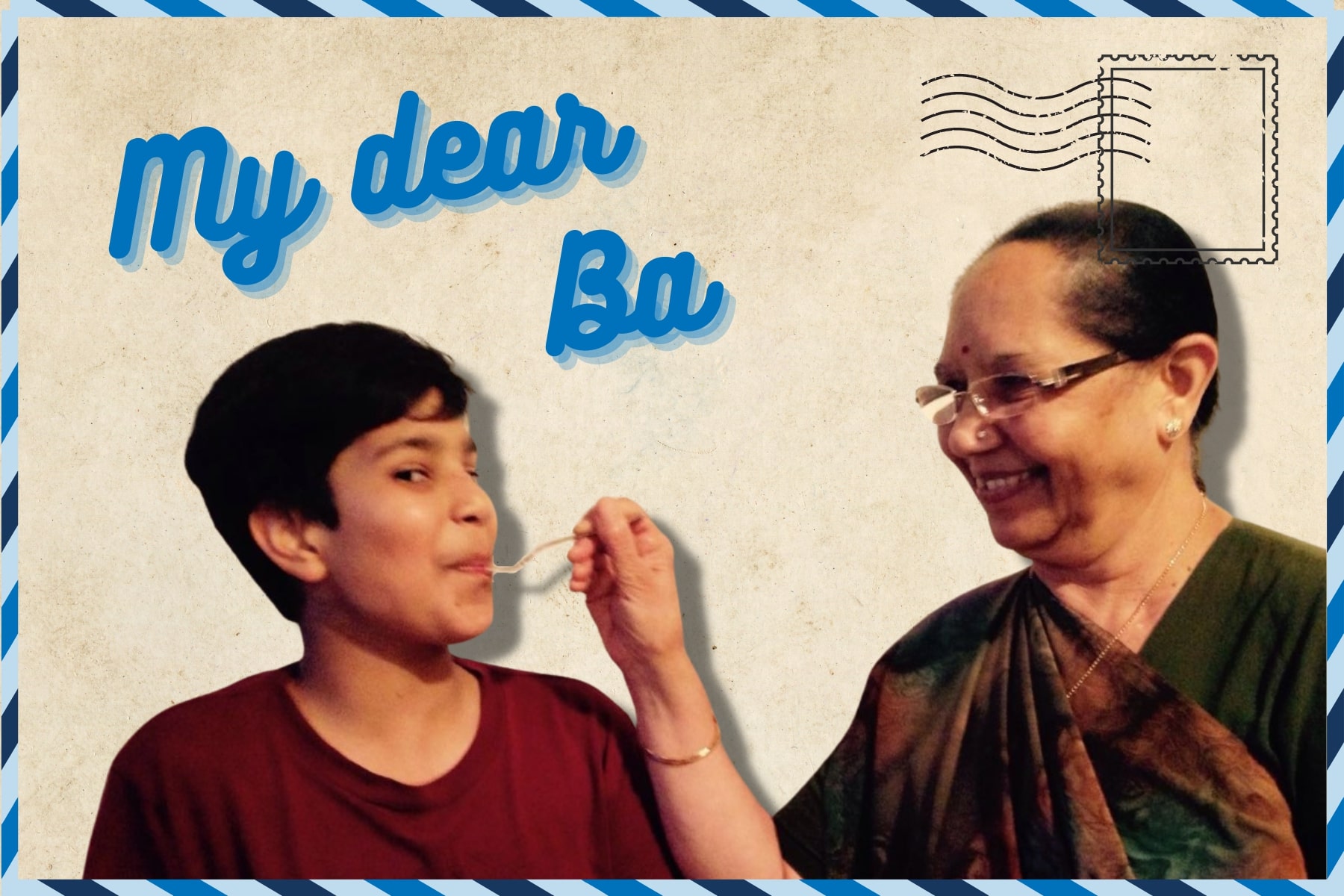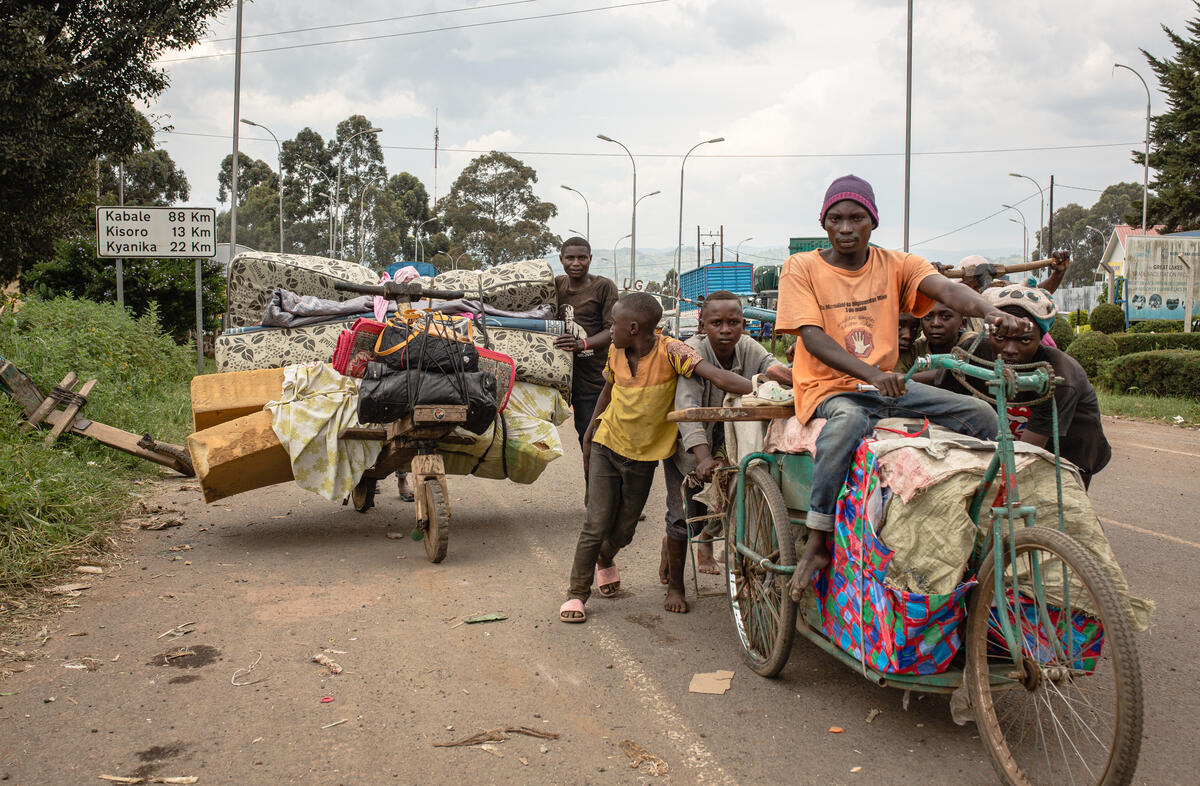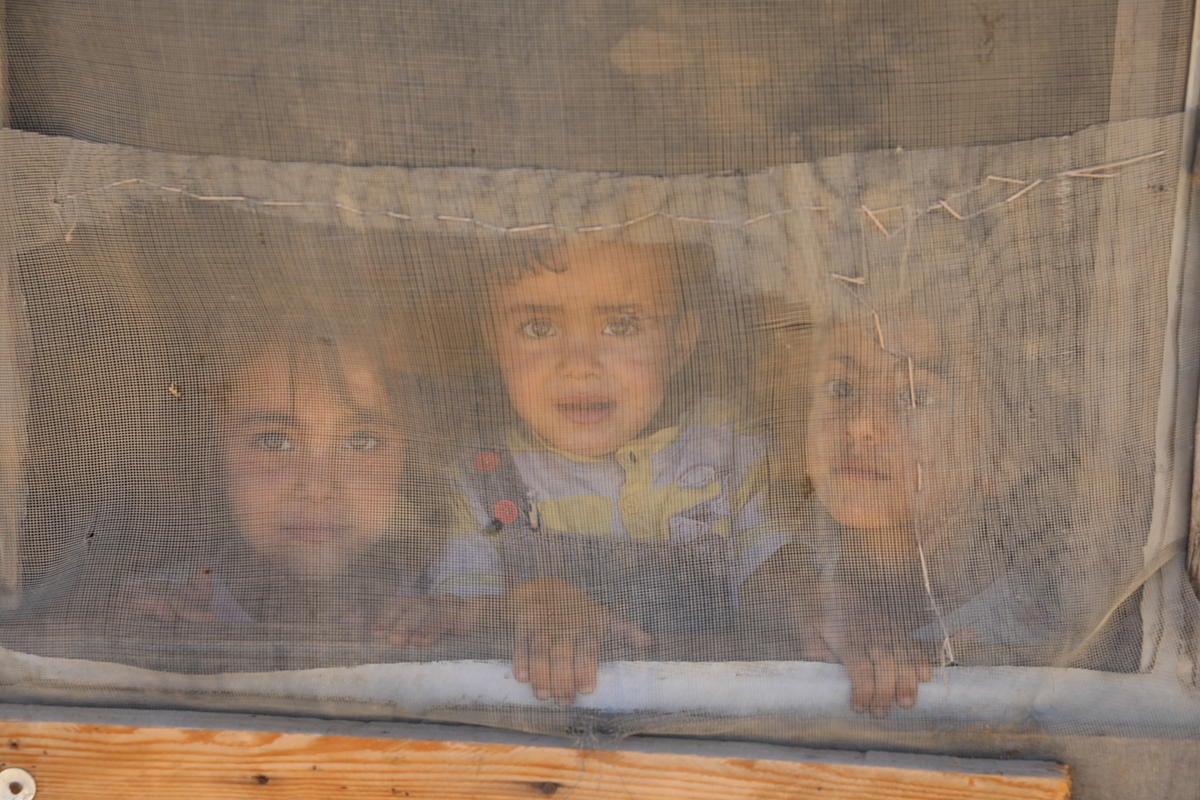Feature: Somali Bantus prepare for life in America
Feature: Somali Bantus prepare for life in America

KAKUMA, Kenya (UNHCR) - Hawiya Abdi Aden does not speak a word of English. She has never ever seen a washing machine, nor a flush toilet, nor a commercial airliner.
But in a few months' time, this 37-year-old mother of seven, who has known little else but conflict and hardship throughout her life, will start afresh somewhere in the United States.
A Somali Bantu, Aden is part of one of the most dramatic migrations ever seen in East Africa. In the largest resettlement programme ever undertaken on the continent, nearly 12,000 Bantus - for years a persecuted minority in their homeland - are to be relocated in towns and cities across America.
They are all looking forward to their new lives, but few have even the slightest idea what to expect. For most, the land of plenty does not mean Big Macs, pizzas and movies, but bundles of firewood, soap, and the opportunity to earn small amounts of money.
"American people are interested in peace, so I like Americans. There I will have peace, a life and education; education I need because at the moment people like that have to translate for me," said Aden, nodding in the direction of her "interpreter" - a young Somali man clad in dark sunglasses and wearing a T-shirt with Black Yankees emblazoned across its front.
Before Somalia's civil war in 1991/2, the Bantus were farmers - despised by Somalia's primarily nomadic clans - along the Juba river. With no clan system to protect them, these former slaves were robbed, raped, bullied and chased into exile in neighbouring Kenya when the country descended into anarchy following the 1991 overthrow of former dictator Mohamed Siad Barre. Many bore the brunt of the devastating famine that followed.
"We are a lost people, but now we hope our children will learn something and become very good," said Abdi Mohamed Direy. They will be scattered across the United States, but will only find out exactly where their new home will be a few days before departure. Last year, a group of Sudanese "lost boys" were settled in places from the chilly Dakotas to sweltering Virginia, with others sent to Cincinnati, Chicago and Texas.
The first stage of the Bantus' journey is a long, dusty three-day trip from Dadaab refugee camp, near the border with Somalia, across Kenya's bandit-ridden north-eastern provinces to the sprawling Kakuma refugee camp close to Kenya's far northern border with Sudan, where there are few other rival Somali groups. Overall, the 1,500-km trip takes about 30 hours. It is a huge logistics exercise costing somewhere between $500,000 and $800,000.
Each convoy carries between 250 and 300 passengers. The International Organization for Migration (IOM) has provided nurses, wayside watering points and places for overnight stays and - in collaboration with the Kenyan authorities - taken a number of security precautions. About 30 police in their own vehicles travel with the convoy as it moves through some of the most dangerous zones.
The Somali Bantus' presence in Somalia, where they have always been treated as second-class citizens and deprived of basic rights such as education, can be traced back to the slave trade of Zanzibar's Arab Sultans during the 18th and 19th centuries. Because of their roots, UNHCR initially approached Mozambique and Tanzania, but both countries lacked the means to take them and eventually the United States said it would accept them.
As a group, they have no desire to return to Somalia and they would be persecuted - if not killed - if they did so. Their homes were long ago seized by Somali clans. The system of discrimination was even perpetuated in Dadaab refugee camp, a settlement of some 120,000 mainly Somali refugees, further emphasising their special status for Washington.
"We could not go and collect firewood, our children could not even sit at a desk with other Somali children. They had to sit on the floor. Our woman would be raped if they went into the bush and if our men went to protect, they would be killed," said Direy, recalling the daily grind of life in the camps.
Since convoys began in late June, over 1,000 Bantus have arrived in Kakuma, where they will live in temporary accommodation until all the bureaucratic details of the US immigration process are completed. This could take up to one year, although the first groups to leave could do so by December.
"This is a very compelling caseload so we would hope a high percentage will be accepted (for resettlement)," said Charles Fillinger of the US Immigration and Naturalization Service.
Highlighting the sensitivity of the issue, the reception and interview centre is ringed by barbed wire. Immigration officials feared non-Bantu Somalis would pose as Bantus, and even threaten some Bantu families to say they were fellow members.
"Resettlement is a very sensitive issue, everyone in the camp would like to go America. It is a dream," explained one UNHCR worker.
The Bantus are also given a two-week crash course in cultural orientation and basic survival skills on how to manage in the west. As Mohammed Abdikadir, IOM operations manager in Kakuma, noted, "These are people who have never seen an aeroplane, so everything needs to be explained, from a boarding procedure to how the social security system works over there."


